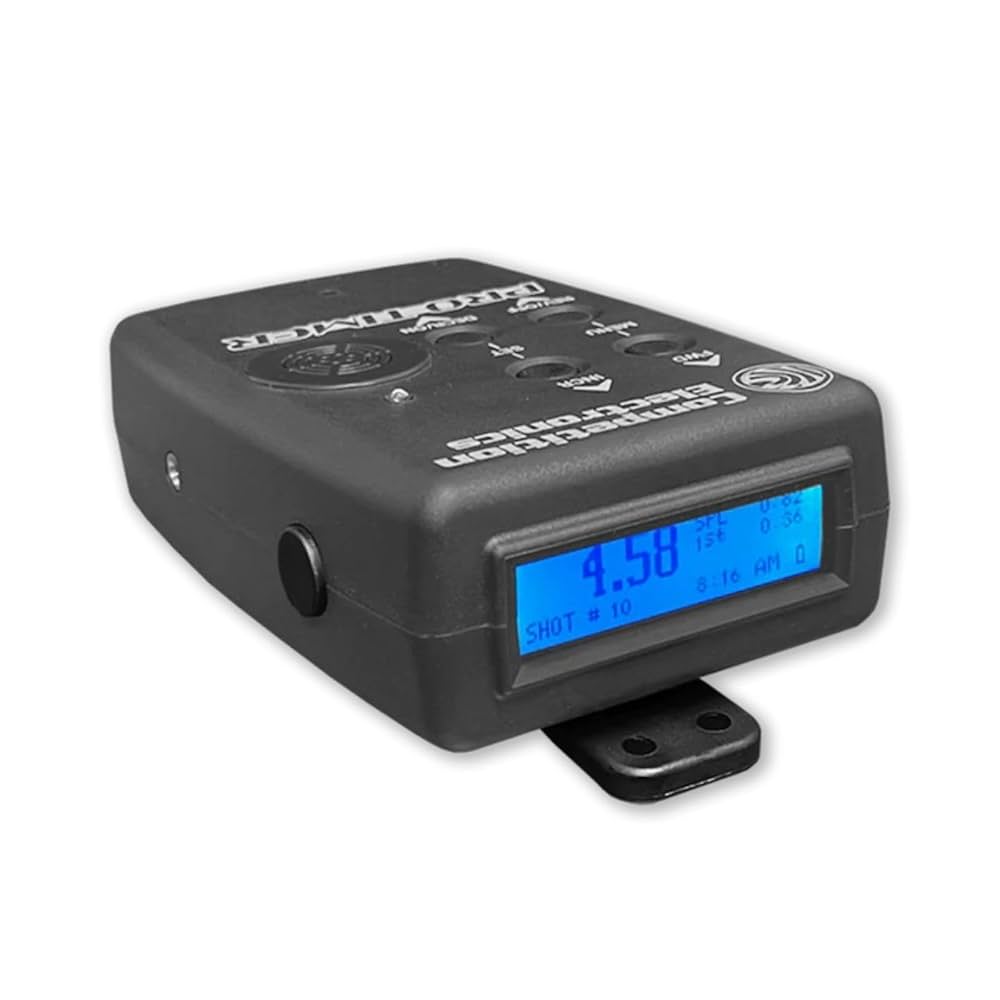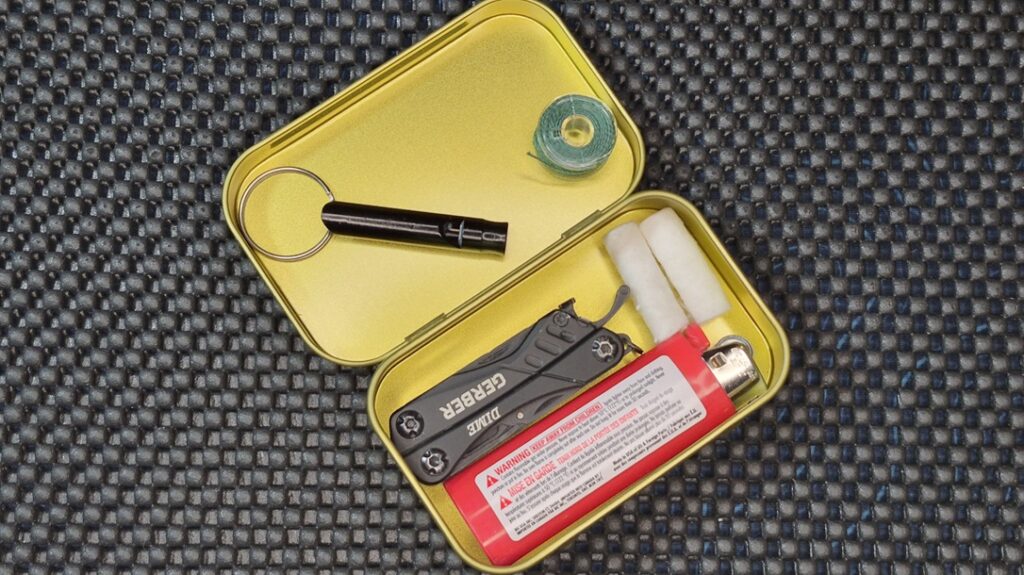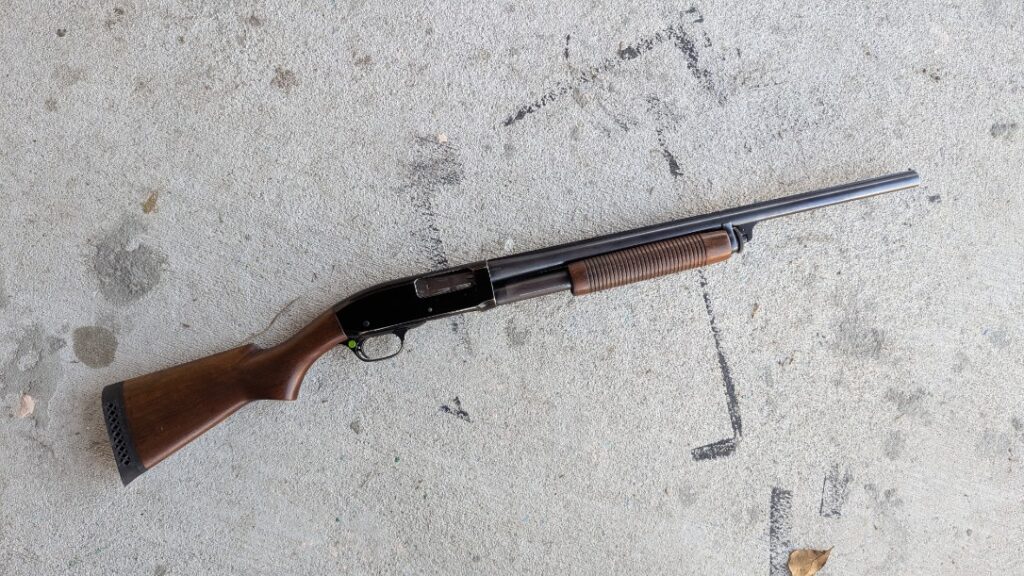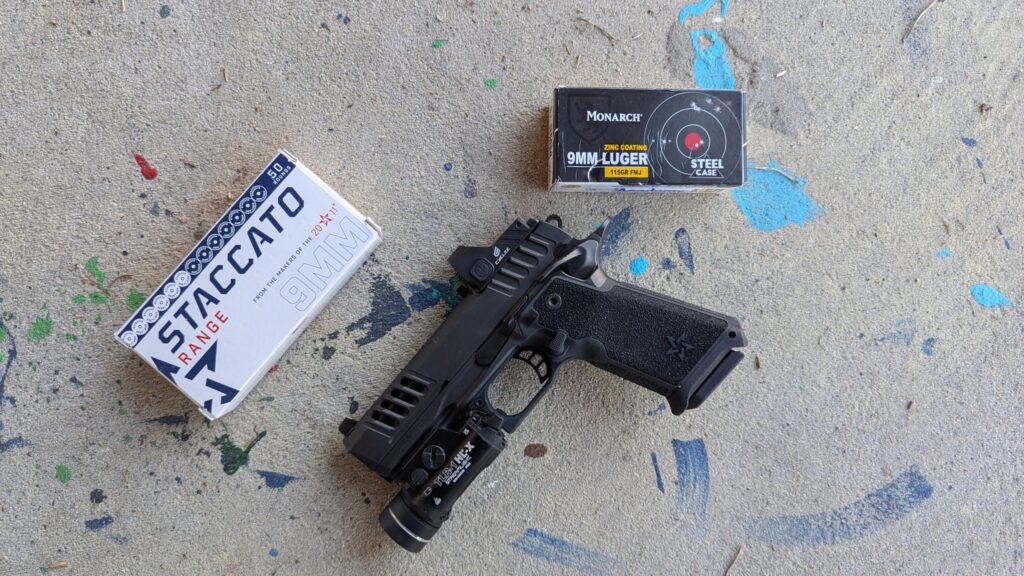Most folks who brand themselves “serious shooters” have a shot timer. We’ve shelled out what seems like a pocketful of cash for a piece of plastic with a Gameboy-era screen, and we’re proud of it! Shot timers are brilliant tools and are one of the few things, outside of ammunition and training, that can truly make you a better shooter.
Taking Full Advantage of Your Shot Timer
Most of us use shot timers in a fairly simple way: shoot the drill, examine the time, and try to be faster next time. For many things, that’s fine. However, you aren’t getting the most out of your shot timer just by doing that. In fact, to truly maximize its utility, you might need to grab a notebook and pen, or at least a notes app on your phone.

Advertisement — Continue Reading Below
To give credit where credit is due, the idea of a shooting journal was first introduced to me by Rick Hogg of War Hogg Tactical. He provided a shooting journal at the class I took with him. He introduced me to the concept, and it’s been a must-have for most of my training. If I’m seriously trying to improve, I’m breaking out the shooting journal and the shot timer.
How I Used to Use a Shot Timer
Years ago, when I first purchased a shot timer, I used it fairly simply. The timer went “beep,” I shot my drill, looked at the timer, and tried to go faster. I typically had a good idea of how fast I could shoot a Bill Drill, a Failure To Stop drill, or my draw to first shot, and I just tried to be a little quicker.
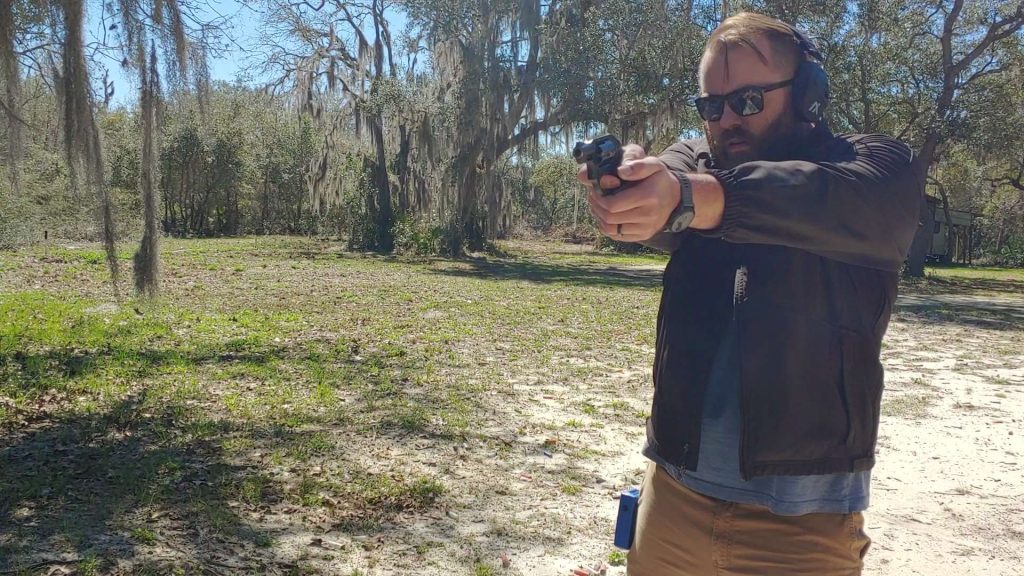
Advertisement — Continue Reading Below
When shooting a Bill Drill, I might check my draw-to-first-shot time alongside my total time, but that was it. If you shoot competitively, you often only get to see the end time because, at a match, that’s all that really matters. For a lot of people, that end time has become the number we all pay attention to.
When you only pay attention to that number, you’re leaving a lot on the table. A lot of what exactly? Data. Shot timers and targets provide data that can be used to diagnose shooting issues and to generally improve your shooting skills. The timer isn’t everything, but it does provide a ton of data that correlates with your target.
The Better Way to Use a Shot Timer
Targets and shot timers provide data, but if you don’t record your data, then it’s somewhat useless. Maybe you have a steel trap of a mind, but I don’t. Unless it’s a weird fact about a caliber that hasn’t existed since the 1960s, I’m not likely to keep track of it.
Advertisement — Continue Reading Below
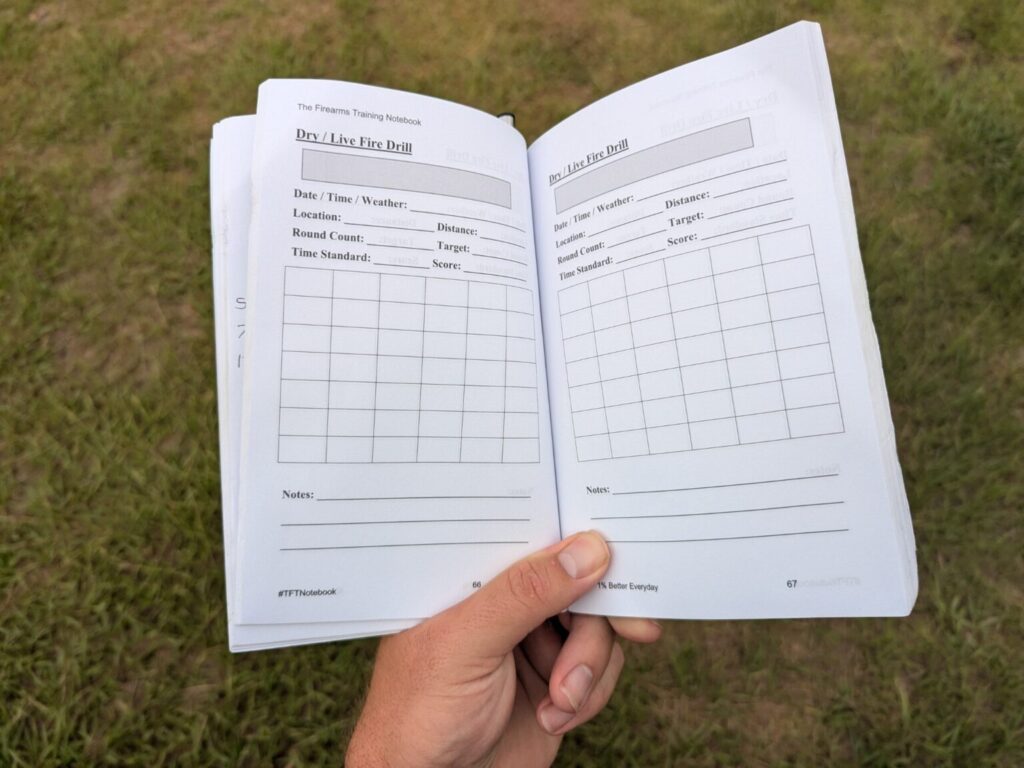
Recording data provides you with the ability to go back and review your previous performance and keep a track record of improvements, or observe if your performance is declining. The first step in getting the most out of your shot timer is to get a shooting journal and use it.
I tend to write out the drill I’m shooting. I approach my training with a plan, or at the very least, I try to. My journal will have something like:
Advertisement — Continue Reading Below
Bill Drill
Shot 1 – Shot 2 – Shot 3 – Shot 4 – Shot 5 – Shot 6 –
Record It
I’m recording every shot fired. I’m using the timer to review each shot, and each shot gets its own split time. The reason for this is that I can use this time to diagnose or notice trends. One trend I personally notice is that I always speed up the more I shoot. Shots 4, 5, and 6 are considerably faster than shots 1, 2, and 3.
Advertisement — Continue Reading Below
I know the first shot comes after a draw, so it’s slower. However, if I can capture that same speed and control for shots 2 and 3, I can cut my time down drastically. Without using the shot timer to its full advantage, I wouldn’t know this. My “caveman mind” would just be saying, “Just go faster!”
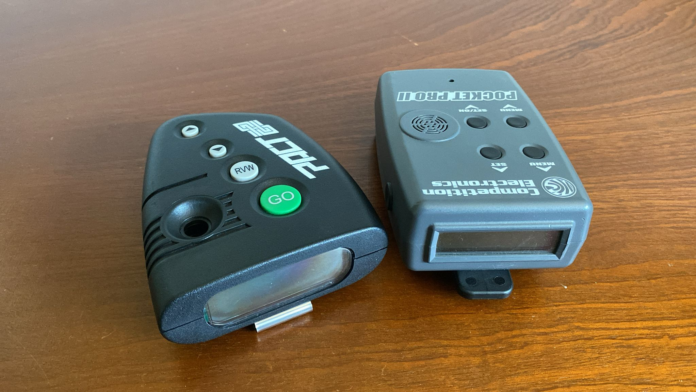
I do this for various drills, and I make sure to break them down by target. If I’m shooting a FAST drill, I’m recording the shots a bit differently to accommodate the two different targets used. If I’m doing a multi-target engagement, I’m doing the same. This way, I can observe if my transitions to the right or left are faster or slower.
Advertisement — Continue Reading Below
The shot timer is one aspect of data. As mentioned, the target matters too. If I have a miss, or let’s say my group is wider than average on my Bill Drill, I notate it. This way, I’m not leaving any data on the table.
Watching the Time
Use your shot timer to its full advantage. Shooting and skill improvement can be data-driven and should be data-driven. Record, observe, and learn from the data your shot timer provides, and you’ll get a bit better every range trip.
